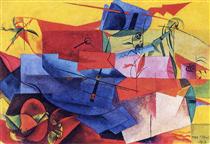
1891 - 1976
Max Ernst
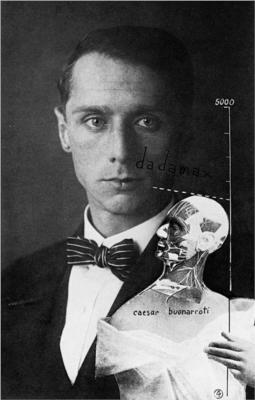
description
German painter, sculptor, graphic artist, poet and one of the key figures in Surrealism and the Dada movement.
Ernst’s father was a teacher at a school for deaf children and an amateur artist. That is why, under his guidance, Max started painting at an early age. From the outset, Max was an impressionable child and fancied going to the forest with his father. In 1906, Ernst’s younger sister was born. That same day, his beloved parrot died. The timing of these two events struck the teenager, and he decided that his small sister had taken the life of the bird. From that point on, the artist repeatedly portrayed people in the form of birds.
In addition to painting, he studied philosophy, literature, psychology and art history at the University of Bonn. Inspired by the statements of French poet Lautreamont about the meeting of a sewing machine and an umbrella on the anatomical table, Ernst began experimenting with various techniques. He combined materials such as fragments from illustrated books, advertising catalogs and user manuals. Items taken out of the context were transformed into new realities. It is believed that the invention of the collage technique by Ernst had a significant impact on the aesthetics of the Dada movement.
Ernst’s talent allowed him to create his own specific world of dreams and fantasies. He was a trendsetter in 20th century American art, thanks to brilliant and extraordinary ideas that differed significantly from those of his contemporaries.
Key ideas:
– For Ernst, the collage technique was one of the ways to respond to the world situation of 1919. “I tried to see the development of the unexpected meeting of two distant realities on an inappropriate plan in collage,” he wrote.
– The collages of Ernst are somewhat similar to poetry. He said: “… the technique of collage is the systematic exploitation of the random or artificially provoked connection of two or more alien realities in an environment that is clearly inappropriate for them, and a spark of poetry that flares up as these realities approach.”
– Ernest rejected the traditional technique of academic oil painting. He partially invented such techniques as frottage, scraperboard, decalcomania, fumage, dripping sand and paints.
– The inclination of Dadaists to deploy secret signs and symbols is reflected in Ernst’s paintings. Like other Dadaists, he preferred “anti-art”, thereby expressing his protest against the values of pre-war life and militaristic ideology.
1891
1912
1919
1921
1939
1975
1976
The birth of the artist
Ernst’s first works were shown at the Feldman Gallery in Cologne
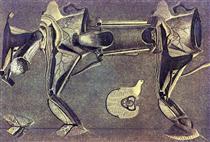
Dada
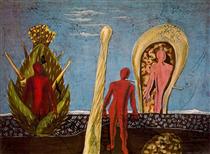
The personal exhibition
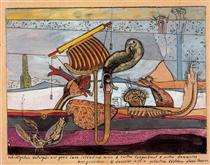
Ernst was arrested
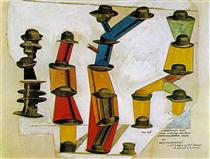
The large retrospective exhibition
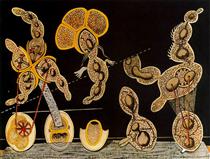
The death
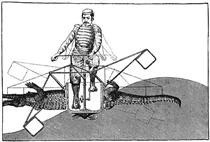
Max Ernst
On Artist
flow
Cubism
Expressionism
friends
Otto Freundlich
Hans Bellmer
Yves Tanguy
Maruja Mallo
Endre Rozsda
Jean Arp
Augustus Macke
Heinrich Kampendonk
Robert Delone
Georg Muche
Paul Klee
Sergey Sharshun
Benjamin Pere
Sophie Tuiber-Arp
Joan Miro
Alberto Giacometti
Oscar Dominguez
Roland Penrose
Leonora Carrington
Masson Andre
Jacques Lipschitz
Fernand Leger
Pete Mondrian
Mark Shagal
Marcel Duchamp
Alexander Calder
Man Ray
artists
Arnold Böcklin
Salvador Dali
Edvard Munch
Vincent van Gogh
Pablo Picasso
Paul Gauguin
Paul Cezanne
Francis Picabia
Hans Richter
By Artist
flow
Abstract expressionism
friends
Otto Freundlich
Hans Bellmer
Yves Tanguy
Maruja Mallo
Endre Rozsda
Jean Arp
Augustus Macke
Robert Delone
Dorothea Tanning
artists
Karl Otto Goetz
Salvador Dali
Robert Motherwell
William Baziotis
Jackson Pollock
David Hare
